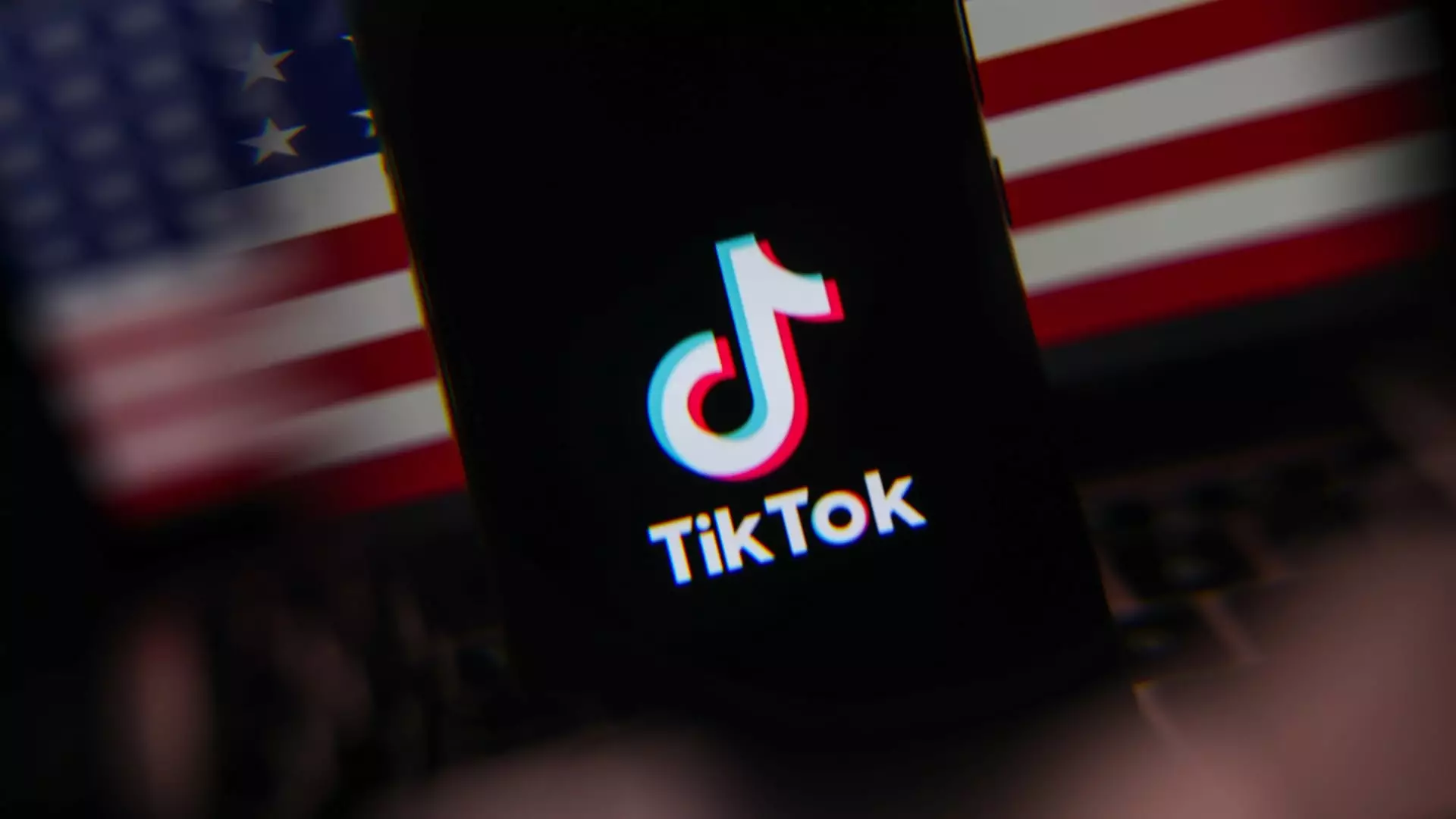In a significant development, TikTok has re-emerged on both the Apple App Store and Google Play after being pulled from these platforms on January 18th. The removal came just as the social media application’s leadership decided to suspend its services in the United States due to a looming national security law. This law, which took effect the following day, intensified scrutiny on the app, raising alarms over its Chinese ownership and data practices. Nearly a month later, the app’s reinstatement marks a crucial moment in the ongoing saga of digital governance and user rights in America.
The backdrop to this situation is the Protecting Americans from Foreign Adversary Controlled Applications Act, which aims to mitigate perceived threats posed by foreign-owned apps. Under this legislation, signed by former President Joe Biden, TikTok’s parent company, ByteDance, was mandated to divest its U.S. operations by January 19 or face an outright ban. This legislative framework not only underscored the U.S. government’s concerns regarding national security but also cast a spotlight on the complex relationship between data privacy and foreign influence.
TikTok contended that these actions infringe upon the First Amendment rights of its extensive user base, which exceeds 170 million in the U.S. This juxtaposition of user rights against national security measures raises pertinent questions about the very nature of free expression in the digital landscape.
The Supreme Court’s backing of the Biden administration’s position in early January added another layer of complexity to TikTok’s narrative. The court asserted that Congress had established a compelling case for divestiture, reflecting widespread concerns about TikTok’s data collection practices and its connections to a foreign adversary. This ruling not only legitimized the government’s role in shaping digital space but also reinforced the notion that national security can take precedence over private enterprise, a perspective that could set a concerning precedent for tech companies globally.
As tensions escalated, TikTok warned of a potential shutdown of its U.S. operations unless the administration intervened, and it found an ally in former President Donald Trump, who suggested a compromise by proposing to give the U.S. a 50% ownership stake in a joint venture. This proposal, presented on Trump’s Truth Social platform, indicated a willingness to negotiate solutions that could appease both national security concerns and the desire to maintain the platform’s operational presence in the U.S.
Despite its temporary removal from app stores, reports highlighted that TikTok managed to recover about 90% of its traffic during its hiatus, reflecting its pervasive influence and the challenges the U.S. government faces in regulating digital platforms effectively.
The trajectory of TikTok in the U.S. encapsulates a broader conversation about data security, free speech, and the influence of foreign companies in American digital markets. As the situation unfolds, it will be essential to monitor both regulatory approaches and the implications they have on the app’s future and the digital rights of its vast user base. This ongoing saga not only affects TikTok but may well set the stage for future tech policy decisions in an increasingly interconnected world.

